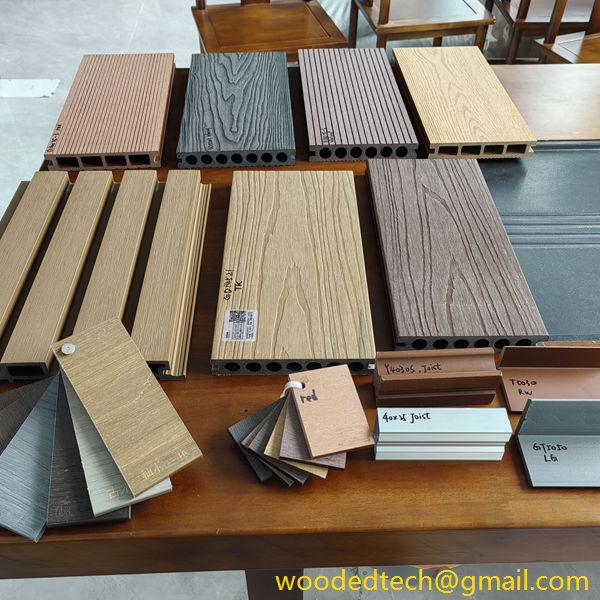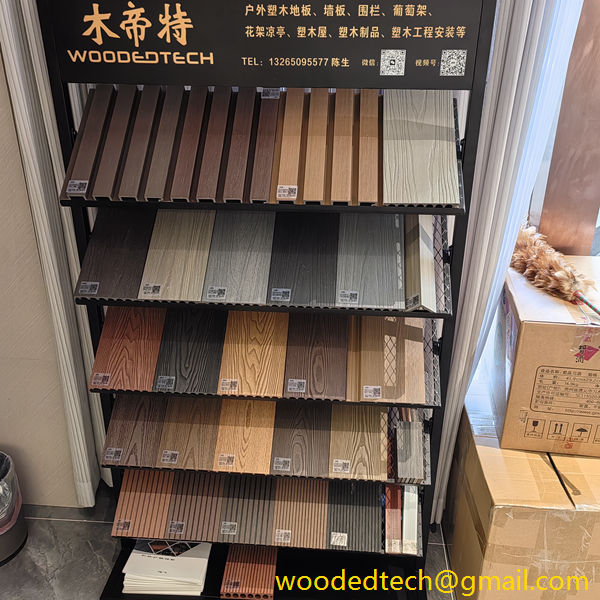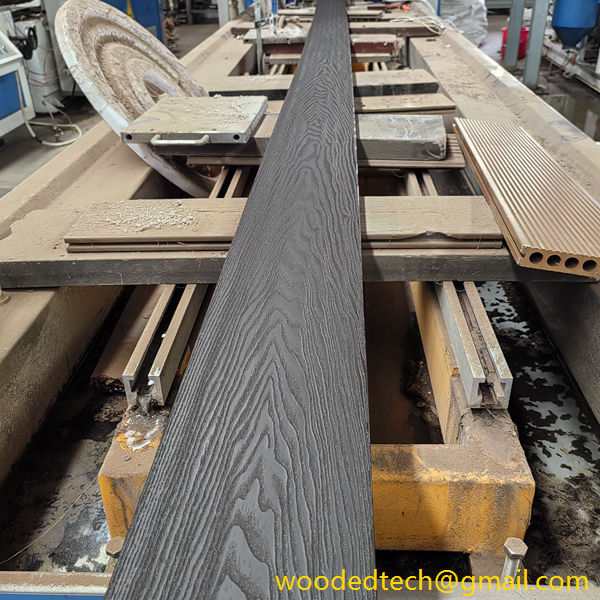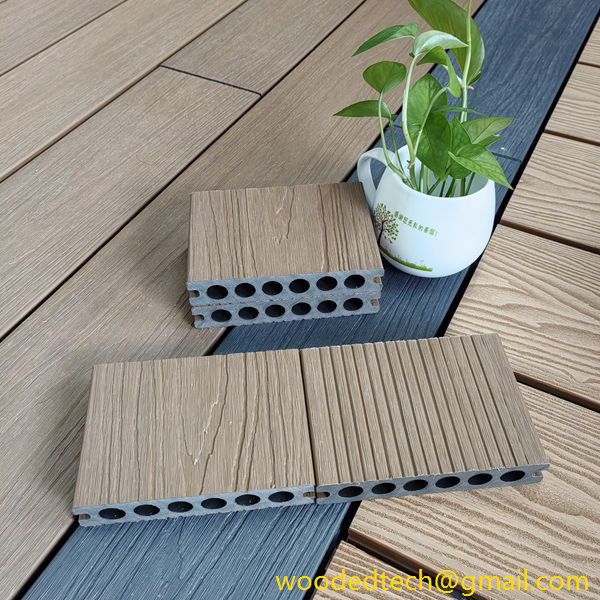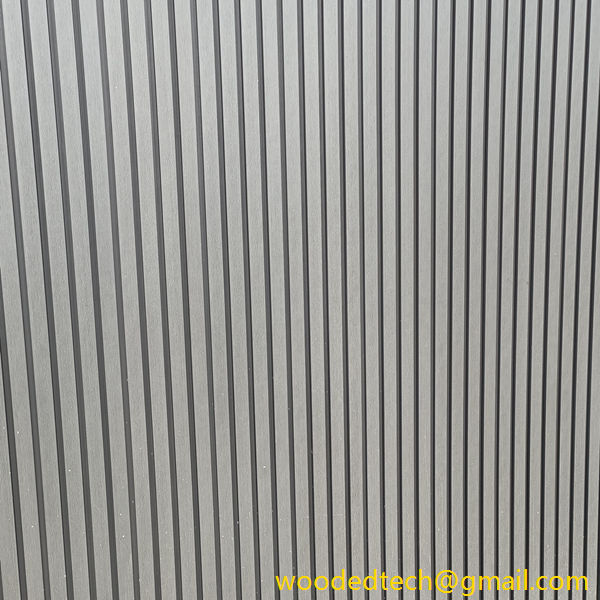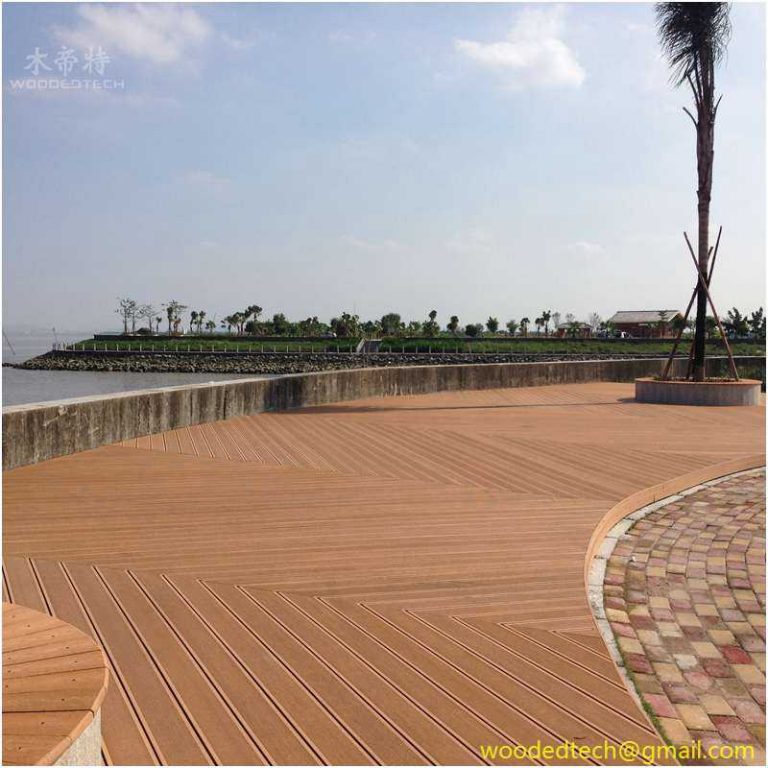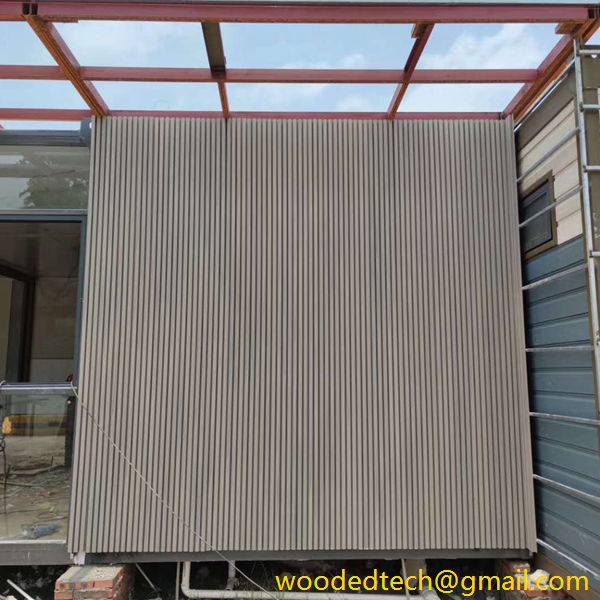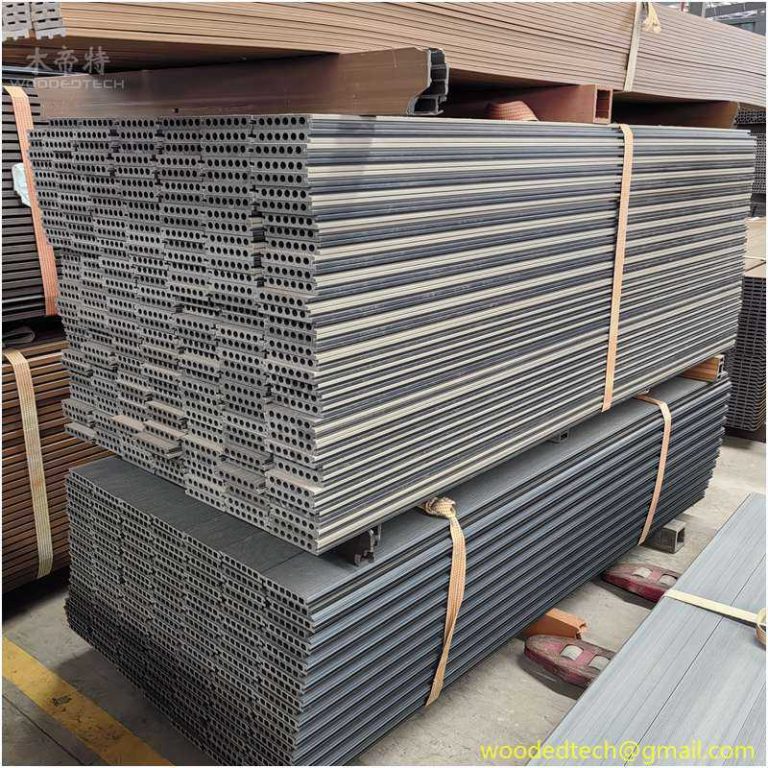Understanding Price of Composite Decking for Your Budget
Understanding Price of Composite Decking for Your Budget When it comes to enhancing outdoor living spaces, composite decking has emerged as a popular choice for homeowners seeking durability, aesthetic appeal, and low maintenance. However, understanding the price of composite decking and how it fits into your budget is crucial for making an informed decision. The…
Understanding Price of Composite Decking for Your Budget
When it comes to enhancing outdoor living spaces, composite decking has emerged as a popular choice for homeowners seeking durability, aesthetic appeal, and low maintenance. However, understanding the price of composite decking and how it fits into your budget is crucial for making an informed decision. The cost of composite decking can vary significantly depending on a multitude of factors, including materials, brand, and installation methods. By examining these elements closely, you can better appreciate the financial commitment involved and determine how best to allocate your resources.
Composite decking is primarily made from a blend of wood fibers and recycled plastic, which creates a product that mimics the look of traditional wood while offering greater resistance to fading, staining, and insect damage. This innovative composition is one of the key factors contributing to its appeal. However, the price of composite decking can be higher than that of traditional wood materials. On average, composite decking can cost between $2 to $5 per linear foot, depending on the quality and brand. High-end options can even reach up to $10 or more per linear foot.
One of the first things to consider when budgeting for composite decking is the square footage of the area you plan to cover. To calculate the total cost of materials, you will need to measure the length and width of the space and multiply these dimensions to get the square footage. Once you have this figure, you can multiply it by the price per linear foot of the composite decking you have selected. Keep in mind that you will also need to account for additional materials such as joists, fasteners, and any necessary underlayment, which can add to the overall cost.
Another factor influencing the price of composite decking is the brand you choose. Different manufacturers offer various lines of products, each with its own set of features and warranties. Some brands may provide better resistance to fading or scratching, while others may offer a wider range of colors and textures. While it can be tempting to go for the least expensive option, investing in a reputable brand may save you money in the long run by reducing the need for repairs or replacements.
In addition to the materials themselves, labor costs can significantly impact the total price of your composite decking project. If you plan to hire a professional contractor for the installation, labor costs can range between $3 to $8 per square foot, depending on the complexity of the project and your location. DIY installation can help you save on labor costs, but it requires a certain level of skill and experience to ensure the job is done correctly. If you decide to take on the project yourself, it is important to familiarize yourself with the installation process and gather all necessary tools and materials beforehand.
There are also various design elements and features to consider that can influence the overall cost. For example, adding railings, steps, or built-in seating can enhance the functionality and aesthetic appeal of your composite deck, but these additions will also contribute to the total expense. Custom designs or unique layouts may require more time and materials, further increasing the cost. Therefore, it is beneficial to think about how you plan to use the outdoor space and what features will best suit your needs.
In addition to upfront costs, it is essential to consider the long-term financial implications of your composite decking choice. One of the main advantages of composite decking is its low maintenance requirements compared to traditional wood. While wood decks often require regular staining, sealing, and other upkeep to maintain their appearance and prevent decay, composite decking typically only requires occasional cleaning with soap and water. This reduction in maintenance not only saves you time but can also lead to significant savings over the life of the deck.
Moreover, the durability of composite decking contributes to its value proposition. Unlike wood, composite materials are resistant to warping, splintering, and rot, which can lead to costly repairs or replacements. By investing in a quality composite deck, you may find that you avoid these unexpected expenses down the line, making it a more cost-effective choice over time.
When budgeting for composite decking, it is also wise to consider potential financing options. Many home improvement stores and suppliers offer financing plans that can help spread the cost over time, making it more manageable. Additionally, some manufacturers provide warranties that cover defects or fading for an extended period, adding another layer of security to your investment.
In conclusion, understanding the price of composite decking is an essential aspect of planning your outdoor living project. By taking into account factors such as material costs, brand reputation, labor expenses, and long-term maintenance savings, you can make a well-informed decision that aligns with your budget. Whether you opt for a DIY installation or hire a professional, ensuring that you have a clear understanding of the financial commitment involved will help you enjoy your new outdoor space for years to come. With careful planning and consideration, you can create a beautiful, functional deck that enhances your home while fitting comfortably within your budget.

